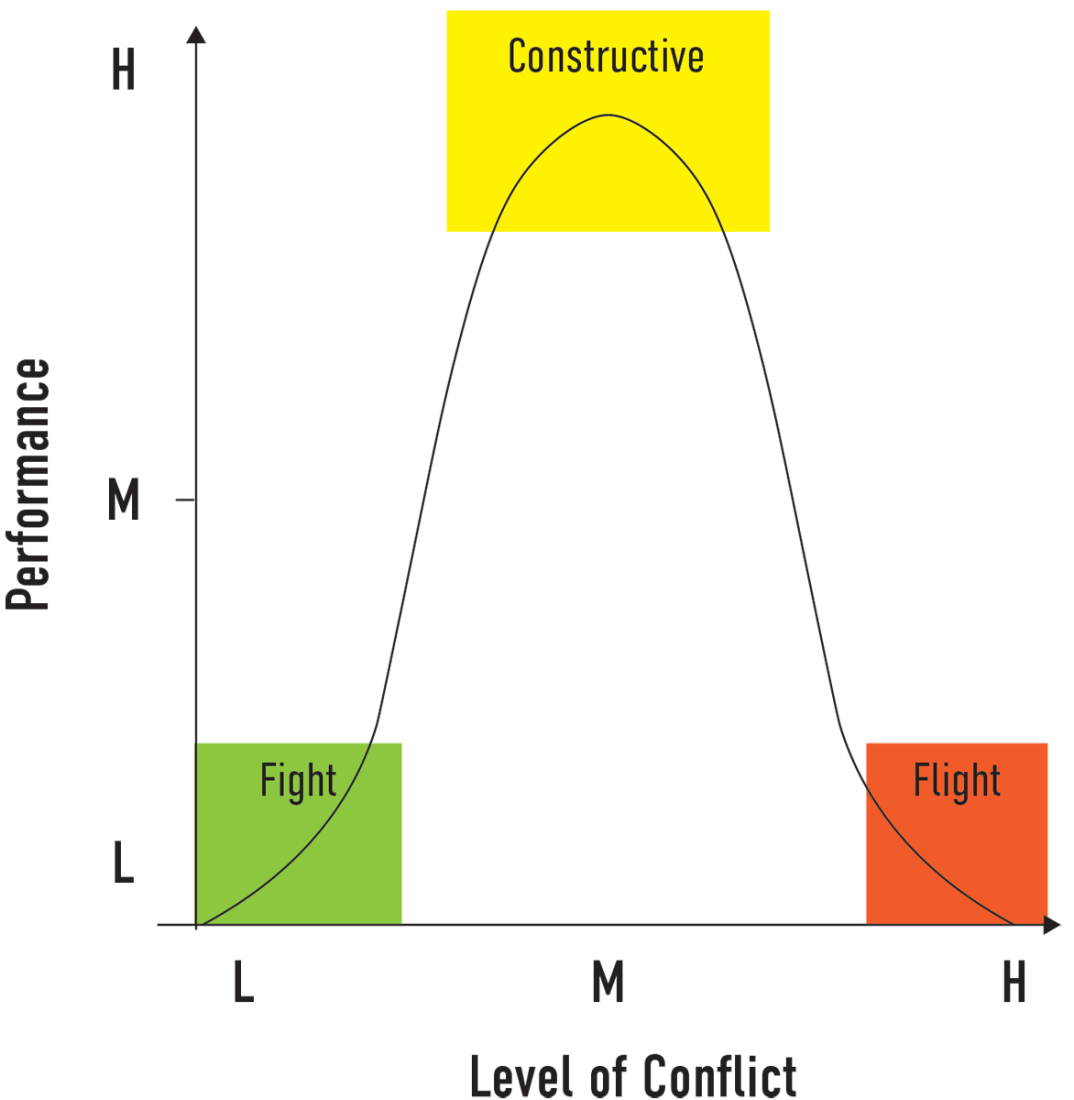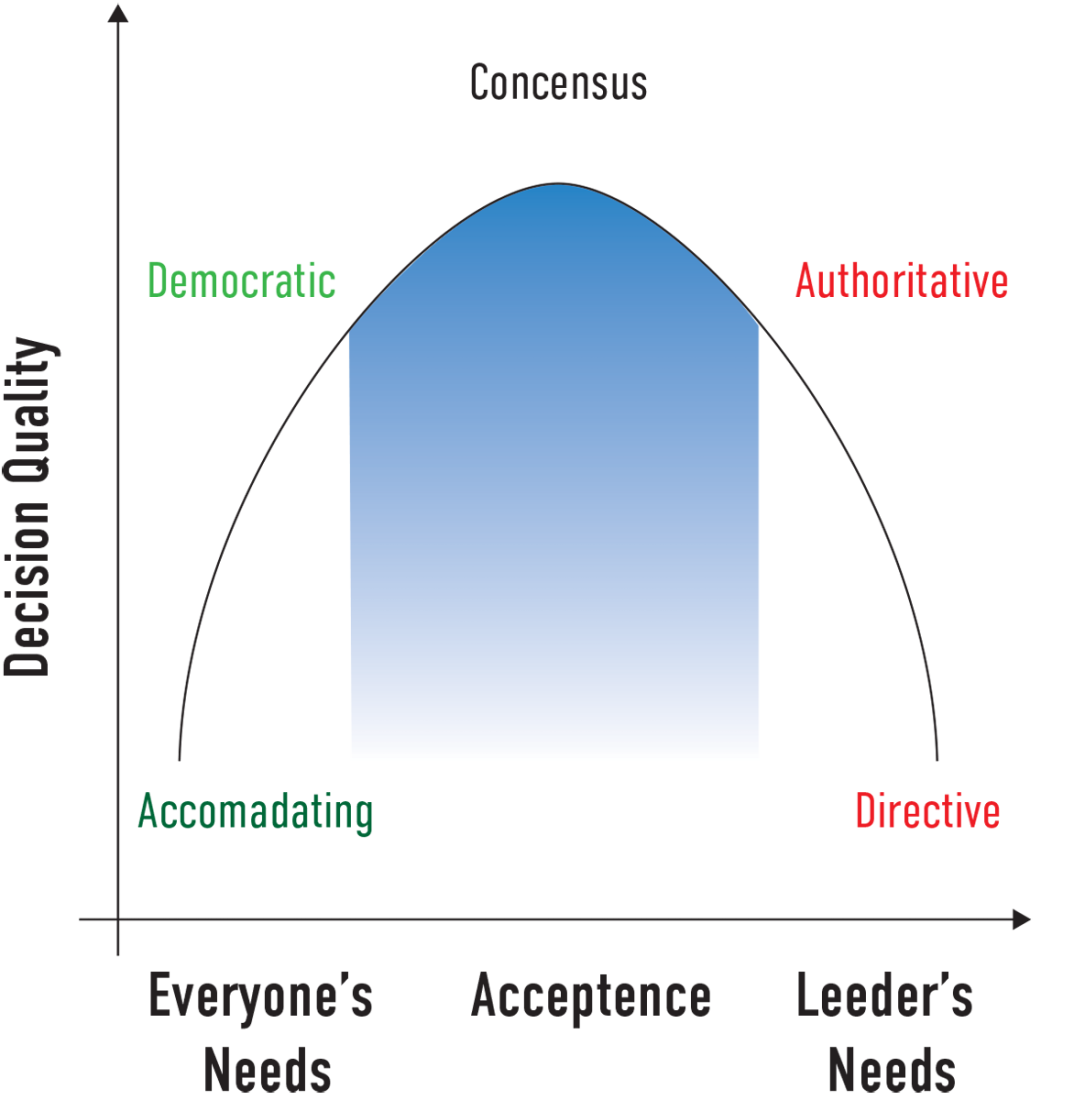Collaborative Problem Solving
Problem solving requires collaboration. Collaborative problem solving is elegantly defined by W Reddin as,
“…an approach [that] allows for mental double-declutching. It does not require a direct switch from one point of view to another. It provides a period ‘in neutral’ where there is an openness to facts and, therefore, a willingness to consider an alternative view.
Collaboration by bringing people together is the central philosophy at ENOSIS.
We are not only seeking an optimum solution but an elegant solution to problems.
Optimum Solution = Quality x Acceptance
Quality – depth of analysis, setting objectives, problem definition, alternative generation.
Acceptance – requires listening, supporting, critical thinking, participating and consensus.
There are many approaches to problem solving
Issues – Identify the issues from different perspectives of the parties
Consideration – Determine the(+) and (-) of each option


